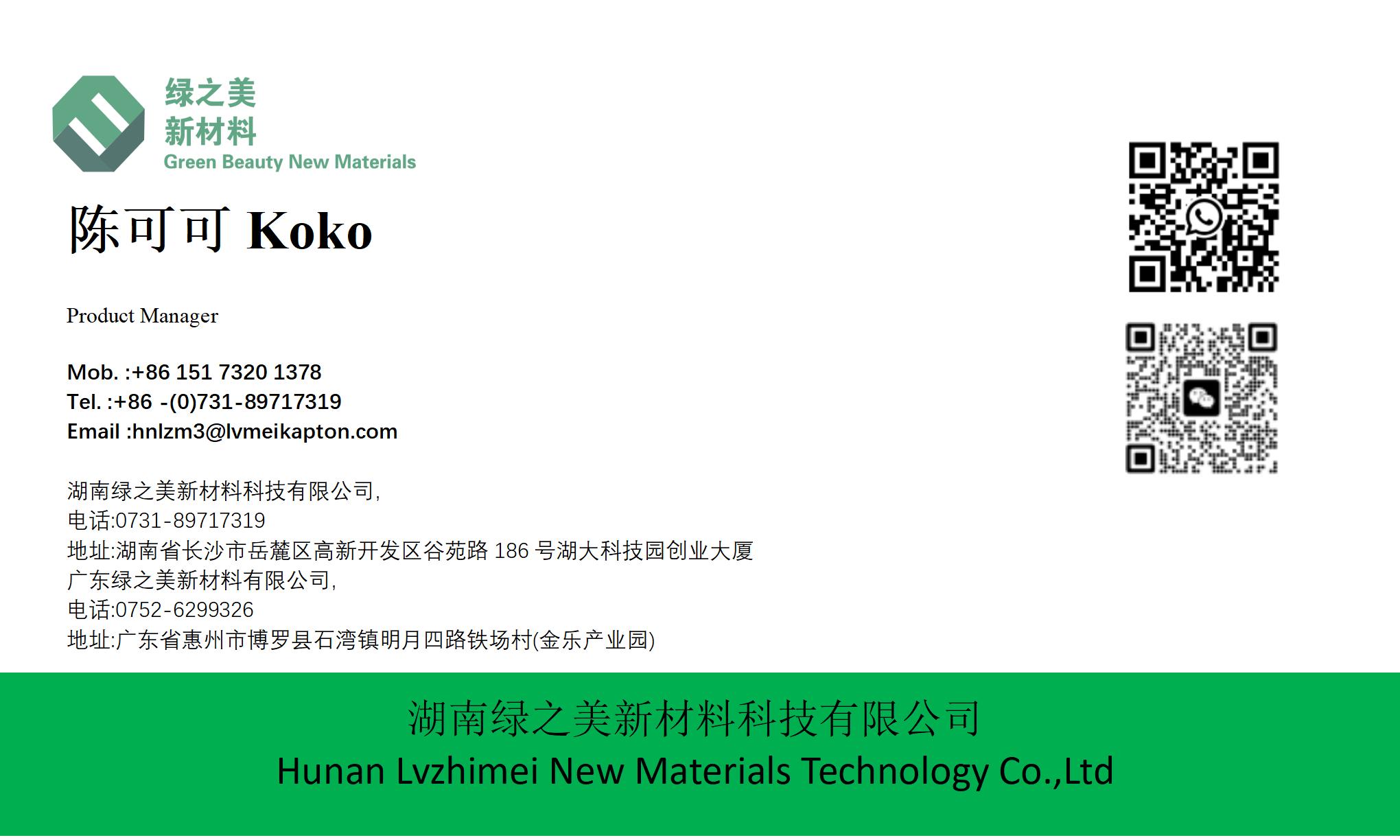hnlzm@lvmeikapton.com
+86 13787123465


Hunan Lvzhimei New Material Technology Co., Ltd.


NameDescriptionContent
When Should You Replace Gold Finger Electronics Polyimide Tape Kapton in Production Lines? |https://www.lvmeikapton.com/
Source:
|
Author:Koko Chan
|
Published time: 2025-07-18
|
31 Views
|
Share:
Knowing when to replace gold finger electronics polyimide tape Kapton is key to maintaining production quality. This article outlines signs of tape degradation and replacement timelines, using examples like “Strong adhesion and blocking high temperature tape” and “Adhesive PET material high temperature tape” to guide decision-making.

Replacing gold finger electronics polyimide tape Kapton at the right time is essential to avoid defects, rework, and production delays. While these tapes are durable, factors like heat exposure, mechanical stress, and chemical contact eventually degrade their performance, making timely replacement critical.
One clear sign is reduced adhesion. “Strong adhesion and blocking high temperature tape” relies on a robust bond to protect gold fingers. If the tape starts peeling during handling or processing—especially after exposure to heat—it’s time to replace it. Adhesion loss can lead to solder contamination or component damage, compromising product quality.
Visible degradation, such as discoloration or brittleness, is another indicator. “PI material high temperature resistant 300 tape” may turn yellow or crack after prolonged use in high-heat environments, like reflow ovens. This signals a loss of thermal stability; continued use risks the tape breaking during application or leaving residue.
For “Self-adhesive back blocking spray paint tape”, residue after removal is a red flag. Fresh tape peels cleanly, but worn tape may leave adhesive behind, requiring time-consuming cleaning. This not only slows production but also risks contamination in subsequent steps, such as assembly or packaging.
In electrical applications, “lvmeikapton insulating electrical tape” should be replaced if its insulation properties decline. Testing with a multimeter can detect reduced resistance, indicating the tape can no longer prevent short circuits. This is critical in safety-critical systems, where failure could cause fires or equipment damage.
Replacement timelines vary by application. In high-volume PCB production, “Brown circuit board high temperature tape” may need replacement every few shifts due to frequent exposure to heat and chemicals. For low-stress uses, like masking in occasional spray painting, “Adhesive PET material high temperature tape” can last longer, but should still be inspected weekly for signs of wear.
In conclusion, replacing gold finger electronics polyimide tape Kapton when adhesion weakens, visible damage occurs, residue forms, or insulation fails ensures production remains efficient and defect-free. Regular inspections, paired with an understanding of each tape’s limitations—whether “PI material high temperature resistant 300 tape” or “Self-adhesive back blocking spray paint tape”—keep production lines running smoothly.


Hunan Lvzhimei New Material Technology Co., Ltd.
Quick Links
Product Categories
© 2024 Hunan Lvzhimei New Material Technology Co., Ltd.All Rights Reserved. Designed by Erge
0731 - 89717319
hnlzm@lvmeikapton.com
+86 13787123465
Room 502, Chuangye Building, No186, Guyuan Road, High-Tech District, Changsha, Hunan, China
CONTACT



